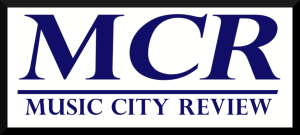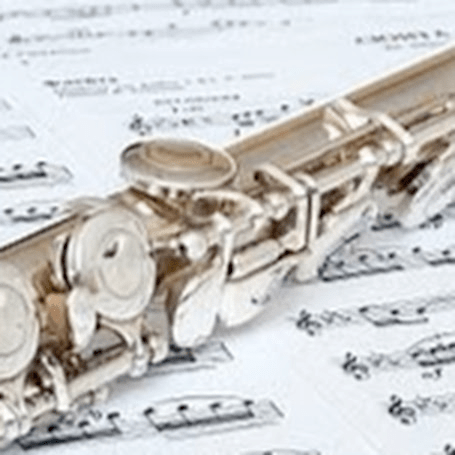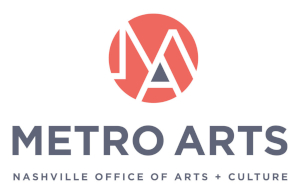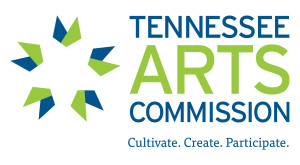Michelle Eistrup’s Dikenga: Four Faces of the Sun at Fisk
Prior to the sunset premiere of Dikenga: Four Faces of the Sun, Fisk University Galleries (Jameel Sheats, curator) hosted a panel and reception indoors on the John Hope and Aurelia E. Franklin Library’s second floor. As part of the Engine for Art, Democracy and Justice (EADJ), a collaboration between Fisk, Vanderbilt, and the Frist Museum, this outdoor video installation features internationally recognized artist Michelle Eistrup.
Daughter of a Danish father and Jamaican mother, Eistrup’s work frequently addresses the thorny topic of black identity across the African diaspora. The current installation is based on one aspect of Palo Mayombé, a syncretic religion meshing religious practices salvaged by the Bakongo culture from the Congo and Catholicism, the only religion legally authorized in Cuba in the era of slavery. The focal aspect here is the Dikenga Cross, a complex cosmograph that outlines the paths of the sun’s rotation hours and seasons throughout the day and year, matching the paths of human development, and the four elements of creation.

To explain: Musoni, water at bottom, flows counterclockwise through conception in Spring to Kala. Kala, fire at daybreak, burns through birth in summer toward Tukula. Tukula, air at noon, grows into full maturity in fall aiming toward Luvemba. Luvemba, earth at sunset, settles into death in Winter as the rotation continues its circular path back into Musoni. The cross is further divided into straight linear paths, the upper half representing the physical world, the lower half representing the spiritual world.
This information is the result of my own research. Although the rather disjointed panel that preceded the exhibit had points of interest, it was never quite clear how WEB DuBois’ Niagara Movement, the precursor of the NAACP, and the Doctrine of Discovery—a code in the manner of Manifest Destiny that justified having Christians in Western culture overtake and claim lands belonging to non-Christians— related to the actual work of art. It would have been far more helpful to discuss the nature of the Cross, its religious symbolism, and how the dancers’ movements would reflect that symbolism. Because they did.
Beamed onto the concrete upper story of the Library, the installation featured four sets of four simulcast video images. Each set was dedicated to one of the rotation stages of life, beginning with Musoni. The four images for each set featured an individual dancer, color highlighting the dancer who represented the specific rotation point. For example, in Musoni, the leftmost dancer was highlighted first in midnight blue, then in the second set, Kala, second from left was highlighted in red with wisps of blue smoke for daybreak; Tukula, third in reddish purple for noon; ending with Luvemba for sunset.
Each set also seemed to emphasize certain types of gestures: Tukula, part of the upper half of the Cross, the physical life, stressed repetitive kneeling and standing as if in obeissance to a heavenly deity. This suggests some metaphorical relationship to similar movements in the Catholic Mass, not to mention the Cross’ similarities to the Book of Hours that includes prayers at Matins (midnight), Lauds (daybreak), Sext (noon), and Vespers (sunset).
Jaila Williams, Qwynn Foster, Thea Jones, and Henry Alumona, dancers in bodysuits, were decorated with what seemed like LED anklets and necklaces with a great deal of lightplay that appeared to use glowsticks, creating a mystical aura around each dancer accented with flashes of light. In addition to color highlights, each stage of the rotation was accompanied by a change of electronic music that made references to Cuban rhythms, African drumming, and jazz. The music, however, whose composer was not identified, seemed too lightweight for the profundity of the symbolism.
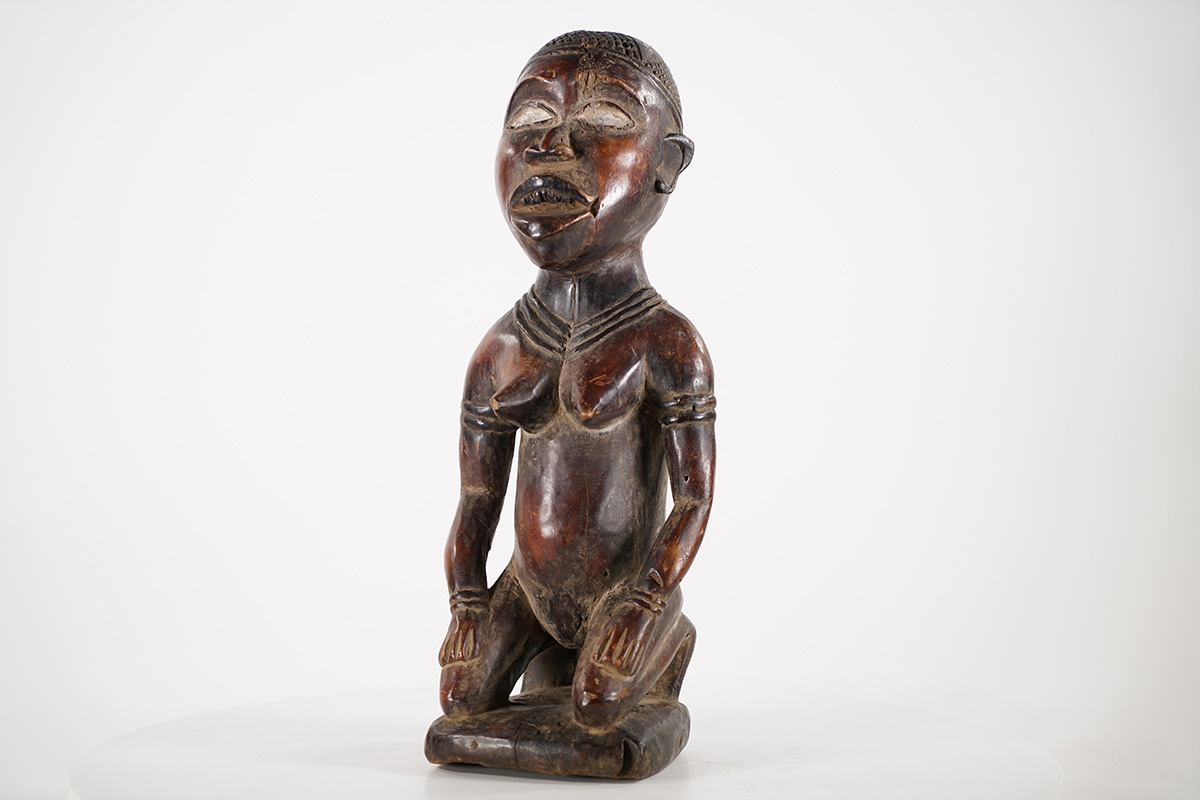
In fact, the entire installation seems intended to paint Palo Mayombé as much less intense than history records. It would appear that the artist aims to bring the gestures of historic Bakongo artifacts to life through movement.
It is cause to wonder, though, if Eistrup’s desire to promote a culture’s unity and openness has perhaps overshadowed the strength and resilience of that culture built, in part, from the depths of adversity. The display is, however, definitely a creative addition to Nashville’s visual arts world and worth a visit.
Eistrup is currently the Aaron Douglas Artist Fellow-in-Residence at the John Lewis Center for Social Justice. The Dikenga Cross exhibit will be displayed on the rear wall of the Library (1000 17th Ave N, Nashville, TN 37208) from 6–10 pm until March 1, 2024. Admission is free and street parking is available.
- About the Author
- Latest Posts
Y Kendall is a Stanford-educated musicologist, specializing in dance history who recently earned an MFA in Creative Nonfiction at Columbia University, studying nonfiction writing with Ben Ratliff and Margo Jefferson. Kendall’s diverse works have been published in Alchemy: Journal of Translation, Columbia Journal, Mitos Magazín, The Hunger Mountain Review, and The Salt Collective, among others. Born and raised in Tennessee, Kendall now lives near Nashville, freelancing as a flutist and writer, while caregiving for relatives.
